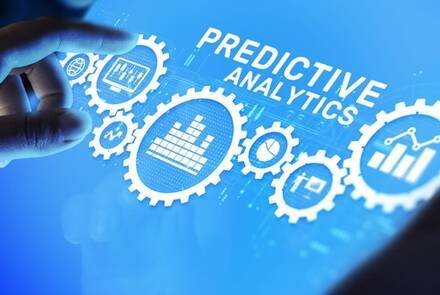Monitoring and Observability in Cloud-Native Environments
In the realm of cloud-native applications, monitoring and observability are not just optional add-ons; they are the backbone of ensuring smooth operations and maintaining a high level of application performance. With the complexity and dynamism of modern cloud-native architectures, having the right tools and practices for monitoring and gaining insights is essential. In this blog post, we'll explore the significance of monitoring and observability in cloud-native environments and the tools and practices that can help you maintain a robust and responsive application ecosystem.
The Vital Distinction: Monitoring vs. Observability
Before we dive into the tools and practices, it's crucial to understand the distinction between monitoring and observability:
- Monitoring: Traditional monitoring typically involves collecting predefined metrics and alerting when specific thresholds are breached. While valuable, it often falls short in the complex and dynamic world of cloud-native applications.
- Observability: Observability takes a more holistic approach. It involves collecting data from various sources, including logs, metrics, traces, and events, and provides the means to explore and understand the system's behavior (See also: Compliance and Governance in Cloud-Native Applications). Observability allows you to ask new questions and dig deeper when issues arise.
Tools for Monitoring and Observability:
- Prometheus: Prometheus is an open-source monitoring and alerting toolkit that provides robust support for collecting metrics from various services, systems, and applications. It offers a powerful querying language and is widely used in cloud-native environments.
- Prometheus: Prometheus is an open-source monitoring and alerting toolkit that provides robust support for collecting metrics from various services, systems, and applications. It offers a powerful querying language and is widely used in cloud-native environments.
- ELK Stack: The ELK (Elasticsearch, Logstash, Kibana) stack is an excellent choice for log management and analysis. Elasticsearch provides powerful full-text search capabilities, while Kibana offers visualization tools to explore your log data.
- Jaeger: Jaeger is an open-source, end-to-end distributed tracing system for monitoring and troubleshooting microservices-based applications. It allows you to trace requests as they traverse multiple services.
- Jaeger: Jaeger is an open-source, end-to-end distributed tracing system for monitoring and troubleshooting microservices-based applications. It allows you to trace requests as they traverse multiple services.
- AWS CloudWatch: If you are on AWS, AWS CloudWatch provides a unified view of your resources, applications, and services. It supports metrics, logs, and traces, offering comprehensive observability.
Practices for Effective Monitoring and Observability:
- Comprehensive Data Collection: Ensure you collect data from a wide range of sources, including logs, metrics, traces, and events. This provides a holistic view of your cloud-native application.
- Centralized Logging and Tracing: Store logs and traces in a centralized location for easy analysis. Correlate logs with metrics and traces to gain a complete picture of application behavior.
- Smart Alerting: Set up intelligent alerting that goes beyond simple thresholds. Consider using anomaly detection to identify unusual behavior and trigger alerts.
- Distributed Tracing: Implement distributed tracing to follow the path of requests as they flow through your microservices. This is invaluable for identifying bottlenecks and latency issues.
- Service Dependency Mapping: Create service dependency maps to understand how different components of your application interact. This can help pinpoint issues in complex microservices architectures.
- Use of Labels and Tags: Apply labels and tags to metrics and logs to provide contextual information. This aids in quickly identifying the source and context of issues.
- Documentation and Knowledge Sharing: Ensure that your teams have access to documentation and knowledge sharing for understanding and interpreting observability data effectively.
- Feedback Loops: Establish feedback loops from monitoring and observability data to development and operations teams. This allows for proactive issue resolution and continuous improvement.
For more information about Trigyn's Cloud Services, Contact Us.






